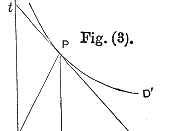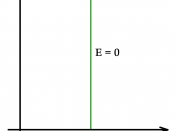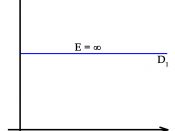Price Theory and Price Elasticity:
Using the article:
"China sees shortfall in grain output".
In the article which I have chosen that appeared in the Bangkok Post on Wednesday the 5th 2003, regarding the shortfall and rise of price of Chinas grains. The article focuses on various types of grains including Rice, Wheat and Maize and the price increase they have gone through due to the governments attempt to cut down stockpiles, after a record high of 512 million tones, and also to free up farmland for more lucrative crops. Through this article you can see how one decision can affect so many various places in an economy.
Grains are one of the most used food products in the world. Take rice for an example, in Asia almost every meal is accompanied by rice and due to this China will soon need to import rice so the country can survive.
This has happened due to the Supply of grains lowering which has now caused the price of grains to dramatically rise. The demand of rice is elastic. But how do you figure out all of this? It's all part of elasticity and price theory.
The elasticity of both demand and supply are important factors of a countries economy. Elasticity refers to the amount of responsiveness in supply or demand related to the changes of price in a certain good. The most simplistic way to see if something is elastic or inelastic is through either a Demand curve (Ed), which shows the quantity demanded, or a Supply Curve (Es), which shows the quantity supplied (For both see below). If the supply or demand is very elastic the curve would be more horizontal and if the supply or demand would be Inelastic the curve would be more vertical. For the extremes...


